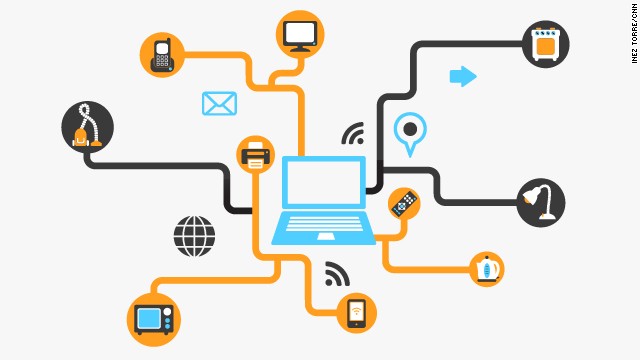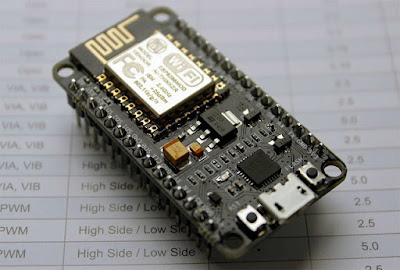Forward serial data between virtual serial ports in Node.js using socat

I'm sharing this with you because I have faced some difficulties when I try to get data from virtual serial ports to my backend in the project . It's easy Part 1 . Installation: Download the tty0tty package from one of these sources: http://sourceforge.net/projects/tty0tty/files/ clone the repo https://github.com/freemed/tty0tty git clone https://github.com/freemed/tty0tty Extract it tar xf tty0tty-1.2.tgz Build the kernel module from the provided source cd tty0tty-1.2/module make Copy the new kernel module into the kernel modules directory sudo cp tty0tty.ko /lib/modules/$(uname -r)/kernel/drivers/misc/ Load the module sudo depmod sudo modprobe tty0tty You should see new serial ports in /dev/ ( ls /dev/tnt* ) Give appropriate permissions to the new serial ports sudo chmod 666 /dev/tnt* You can now access the serial ports as /dev/tnt0 (1,2,3,4 etc) Note that the consecutive ports are interconnected. For example, /dev/tnt0...


